Calateas: [Cultivation, Irrigation, Care, Pests and Diseases]
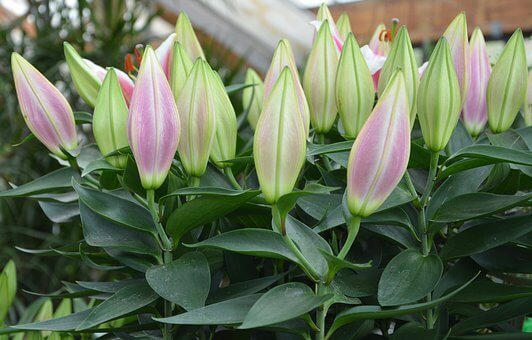
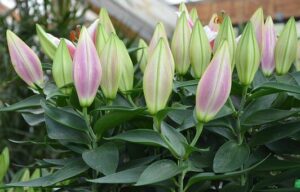 Calathea is the genus that groups about 300 different species in nature. Each of them is differentiated according to their colors, leaves and flowers.
Calathea is the genus that groups about 300 different species in nature. Each of them is differentiated according to their colors, leaves and flowers.
Of all the species, the most popular are the ornata , crocata , zebrina and makoyana . This article will provide information on the Calathea makoyana .
However, most of the recommendations and cares are also applicable for other species of this same genus. The Calathea Makoyana is one of the most prized species of the genus due to striking patterns in their leaves. They are highly decorative and easy-care air-purifying plants.
Calathea makoyana was awarded the Garden Award of Merit by the Royal British Horticultural Society (RHS) for its great decorative appeal, easy cultivation, and resistance to disease or pests.
- Scientific name: Calathea, calathea makoyana.
- Common name: Calatea,peacock plant , cathedral windows.
- Height: 25 to 30 centimeters.
- Need for light: semi-shade and shade.
- Temperature: Warm and temperate climates (15ºC to 29ºC).
- Irrigation: Moderate.
- Fertilizer : Organic or liquid fertilizer.
What characteristics does the calatea have?
The leaves of the calatea are specially decorated. They have spots and lines of light green color, and others more oval on the surface of the leaf, of dark green tones. Also, the front of the leaf has purple and violet spots .
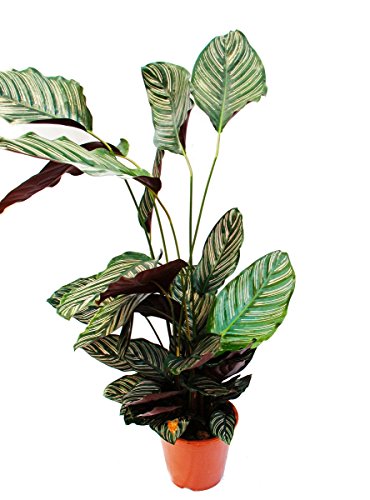
It is said that the peculiar decorations of the calatea are very similar to the details that the peacock’s tail presents, hence it is also known by the name of the peacock plant .
This plant does not usually produce flowers when grown indoors, unless it is in warm areas. However, under optimal conditions, it produces yellow, purple, and white blooms, which bloom during the summer .
When to sow calatea?
Where to plant the calatea?
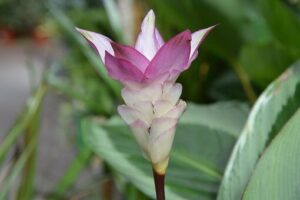 The Galatea is a plant that needs light environments, always with indirect light. Care must be taken not to place it in places exposed to direct sunlight. For a long time, it will be able to be placed in the semi-shade.
The Galatea is a plant that needs light environments, always with indirect light. Care must be taken not to place it in places exposed to direct sunlight. For a long time, it will be able to be placed in the semi-shade.
On the other hand, the calatea should be grown in warm and temperate places so that it can develop fully. They thrive at temperatures ranging from 21ºC to 29ºC, but can also tolerate 15ºC, as a limit.
It is important to choose a place where it is protected from cold drafts. You should also try to place it in humid places, such as the bathroom, in terrariums, or anywhere, as long as you have the help of a 50% or 60% humidifier.
How to prepare the land?
The Calathea makoyana is a plant that can grow to the outside in rich warm climates and soil organic matter. However, it is mainly grown in pots, indoors, so it will be important to choose the right substrate .
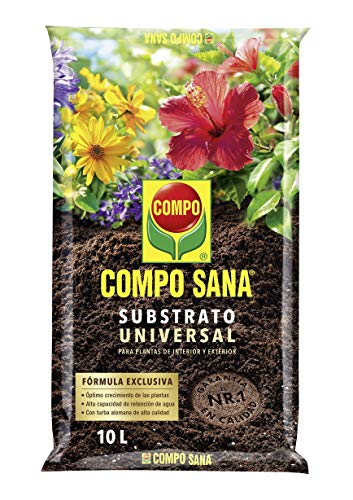
So that the calatea does not have any problem to develop, the substrate must be prepared in such a way that it retains water very well. For this, it is recommended to use a light potting peat mixture with a pH of 6.5.
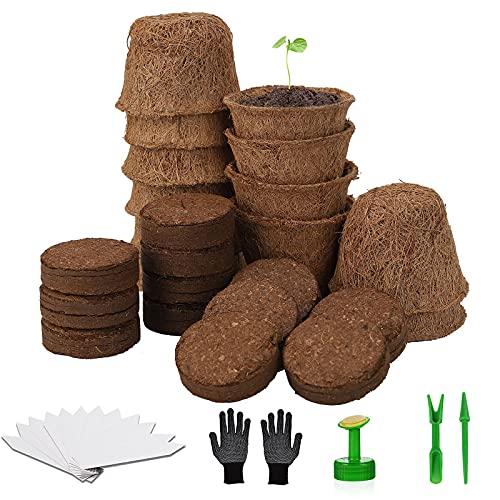
Another option is to purchase a special substrate mix for African violets. It is generally composed from equal parts of sand, peat, mulch, and highly organic universal garden substrate.
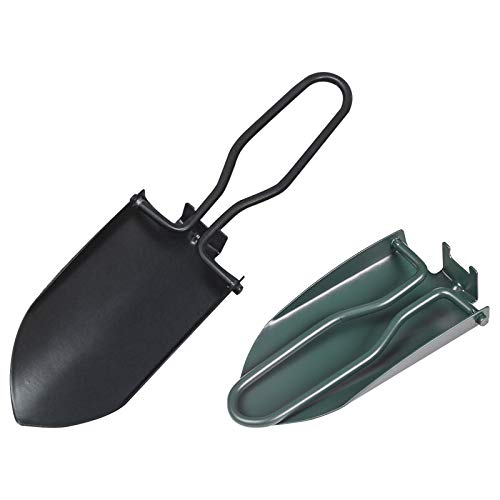
How do we water the calatea?
It is recommended to allow 2 or 3 centimeters of the top layer of the substrate to dry between each watering. This will prevent the base of the stem and its leaves from rotting from excess water.
In the case of water, a filtered, rain or tap water must be used, previously rested, to allow the evaporation of substances harmful to the calatea .
How often do we water the calatea?
The frequency of irrigation will depend on aspects such as the size of the plant, the temperature conditions and the stage of development it is in. It is usually watered 1 or 2 times a week.
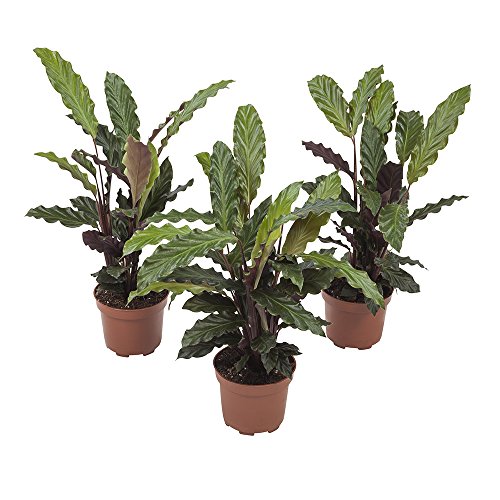
A simple way in which you can know if the plant needs watering or not, is to sink a finger into the substrate. If it is perceived that the soil is damp, it will be necessary to wait another little to carry out the next irrigation.
How to sow a calatea step by step?
The Calatea reproduces mainly by the division method when the plant has produced tillers. The steps to follow are presented below.
- Remove the mother plant from the pot.
- Carefully remove the daughter plant that is separated from it along with its own root system. It should have at least one reasonably developed leaf and roots.
- Place the small plant in a new pot, filled with the same type of substrate as the mother plant, and volcanic stone, or clay balls, in the bottom.
- Thoroughly water the new plant and keep it in the same watering conditions, temperature and location as the mother plant.
What care does the calatea need?
The Calathea makoyana is an easy species to grow if we have ideal conditions. However, the following is recommended:
- Apply liquid fertilizer, once a month, during the spring, summer and fall months . Organic fertilizer for green plants can also be applied every 15 days.
- The pot can be placed on a plate filled with water and stones, either decorative or river, so that the plant is hydrated by capillarity .
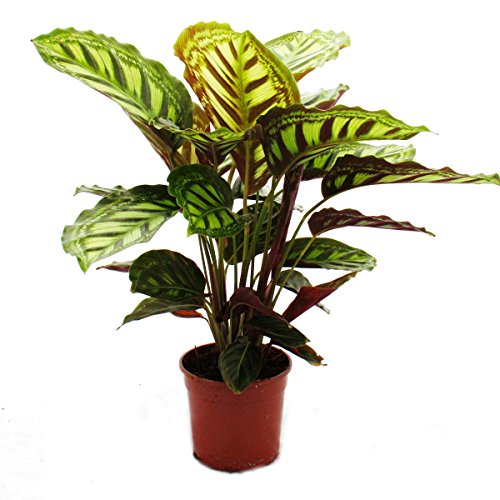
What pests and diseases affect calatea?
C alatea is not prone to pests or diseases. However, it must be ensured that the humidity in the substrate is optimal so as not to favor root rot or the appearance of spider mites or mealybugs.
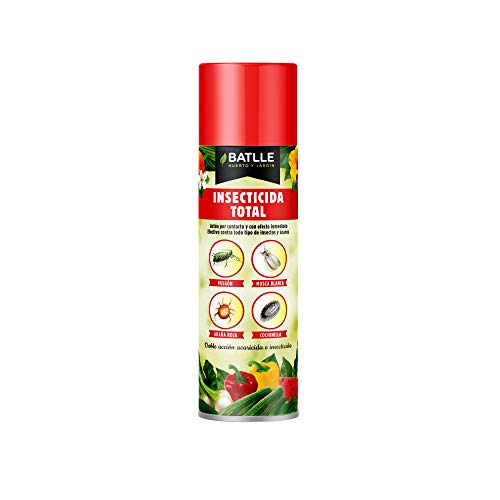

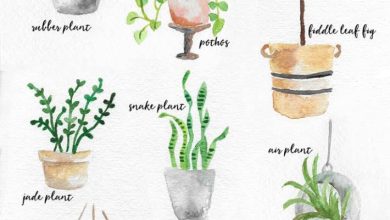
![Photo of Marula Tree: [Planting, Care, Harvest, Irrigation and Characteristics]](https://www.complete-gardening.com/wp-content/uploads/2021/06/Cuidados-y-plantación-de-Marula-390x220.jpg)
![Photo of How to Save Tomato Seeds: [Procedure and Duration]](https://www.complete-gardening.com/wp-content/uploads/2022/08/how-to-save-tomato-seeds-procedure-and-duration-390x220.png)
![Photo of Crop Rotation: [Concept, Examples, Advantages and History]](https://www.complete-gardening.com/wp-content/uploads/2022/08/crop-rotation-concept-examples-advantages-and-history.gif)